
Autism
 Get the Right Diagnosis
Get the Right Diagnosis
 Understand Treatment Options
Understand Treatment Options
 Help Your Child Succeed
Help Your Child Succeed
Adelle Jameson Tilton
Series Editor: Vincent Iannelli, MD

Copyright 2009 Simon and Schuster
All rights reserved.
This book, or parts thereof, may not be reproduced in any form without permission from the publisher; exceptions are made for brief excerpts used in published reviews.
Published by
Adams Media, an imprint of Simon & Schuster, Inc.
57 Littlefield Street, Avon, MA 02322. U.S.A.
www.adamsmedia.com
Contains material adapted and abridged from The Everything Parents Guideto Children with Autism by Adelle Jameson Tilton, copyright 2006 by F+W Publications, Inc, ISBN 10: 1-59337-041-5, ISBN 13: 978-1-59337-041-1.
ISBN 13: 978-1-59869-676-9
ISBN 10: 1-59869-676-9
eISBN: 978-1-44052-041-9
Printed in Canada.
J I H G F E D C B A
Library of Congress Cataloging-in-Publication Data
is available from the publisher.
This publication is designed to provide accurate and authoritative information with regard to the subject matter covered. It is sold with the understanding that the publisher is not engaged in rendering legal, accounting, or other professional advice. If legal advice or other expert assistance is required, the services of a competent professional person should be sought.
From a Declaration of Principles jointly adopted by a Committee of the
American Bar Association and a Committee of Publishers and Associations
When Your Child Has... Autism is intended as a reference volume only, not as a medical manual. In light of the complex, individual, and specific nature of health problems, this book is not intended to replace professional medical advice. The ideas, procedures, and suggestions in this book are intended to supplement, not replace, the advice of a trained medical professional. Consult your physician before adopting the suggestions in this book, as well as about any condition that may require diagnosis or medical attention. The author and publisher disclaim any liability arising directly or indirectly from the use of this book.
This book is available at quantity discounts for bulk purchases.
For information, please call 1-800-289-0963.
Contents
Introduction
With worldwide diagnoses of autism increasing dramatically over the past decade, you are one of many parents looking for answers about this and other disorders on the autism disorder spectrum.
You may be one of the parents who saw your beautiful baby begin talking, expressing his happiness and interest in the world around him, only to see him begin to regress and retreat into a world that seemed all his own. After watching this transformation in your child, it may come as a relief to finally have a diagnosis of autism so you can begin to help your childby finding ways to help him communicate and interact with those around him.
You are already taking the first steps toward helping your child with autism to become the best person he can be. By reading this book, you are seeking out information about autism, wanting to know more about its symptoms, potential causes, treatment options, and available resources for your family. The study of autism can raise more questions than answers, but the more information you are armed with, the better prepared you are to be an advocate for your child.
With When Your Child Has... Autism, you can learn more about nonverbal communication and about the conceptual thinking that children with autism struggle with. You will learn about tools that can help you to improve your nonverbal communication skills, teach your child to use communication systems like communication boards and picture communication systems, and interpret your childs behaviors (whether meltdowns or flapping), all of which will help you to draw your child out from his private world and encourage him to explore and discover his own interests.
As a parent, the journey of autism isnt likely one you anticipated for your child. But it is one that you can travel with your child, experiencing small triumphs, remarkable successes, and a greater appreciation for your familys strength and the beautiful child youve brought into the world.
Chapter 1
The World of Autism
Ten Things You Will Learn in This Chapter
What differentiates autism spectrum disorders
The signs and symptoms of classical autism
How to respond to echolalia
The details of the Theory of Mind
What exactly conceptual thinking means
About the history and diagnosis of Aspergers syndrome
Which of the autism spectrum disorders have been confirmed as genetic
What defines high-functioning autism
The differences between autism and Aspergers syndrome
Possible causes of autism
What Are Autism Spectrum Disorders?
Learning about autism spectrum disorders is a bit like learning an unfamiliar language. It is a new world, and the customs and behaviors may seem foreign. From the moment a physician gives the diagnosis, everything changes. In all likelihood, as a mom or dad, this will not be the parenting experience you had hoped for. There are pitfalls and disappointments along the way. However, the good news is that this world can be navigated successfully, and it can be the beginning of something different, full of adventure and accomplishment.
Often referred to as ASD, autism spectrum disorder is a broad classification of conditions sharing similar objective symptoms. Objective symptoms are those that can be observed by someone other than the patient, whereas subjective symptoms are those that only the patient experiences. For example, in the case of influenza, an objective symptom might be a fever or a rash; a subjective symptom might be fatigue or pain.
Many times ASD is referred to as PDD (pervasive developmental disorder). Historically, ASD has been the more commonly used term in Europe and has recently been accepted as the proper term in the United States as well. This differs from PDD-NOS, which will be discussed in more detail later in this chapter. All of the various conditions within the spectrum are labeled, and there are differences in how the various conditions manifest themselves.
Classical Autism
Autism is the most commonly known of the spectrum disorders. First written about in the 1940s by Dr. Leo Kanner, a psychiatrist at Johns Hopkins University, autism was rarely seen by physicians. Characterized primarily by communication and socialization difficulties, classical autism is a very isolating and frustrating condition.
DID YOU KNOW?
The word autism originates from the Greek word autos, meaning self. This disorder was named autism because it was believed to be an excessive preoccupation with oneself, originating from a mother who would not love her child. This theory has been proved false, and autism is now recognized as a medical disorder.
Classical autism is part of the ASD, or PDD, category. It is the best known of the pervasive development disorders, and it is one of the largest classifications within ASD as well, rivaled only by PDD-NOS (pervasive development disorder not otherwise specified). ASD is a syndrome. A syndrome is a group of symptoms that indicate a condition. Syndromes, by their very nature, have many characteristics, and each patient will display or not display those symptoms in very different ways. As such, each case of autism can be different.
Next page
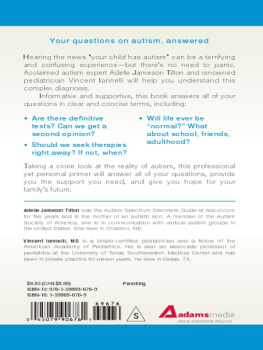
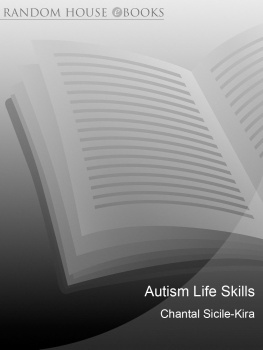


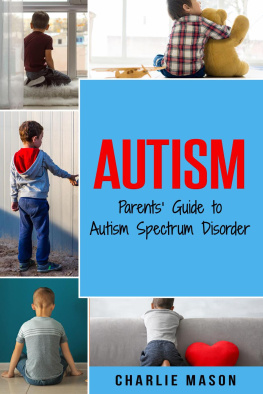
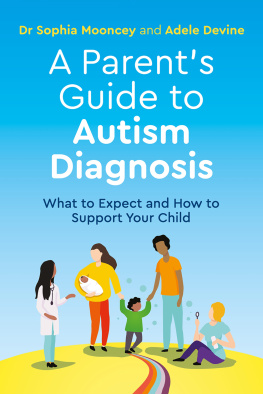
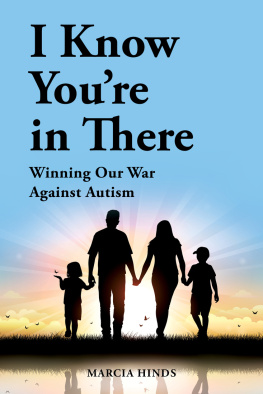
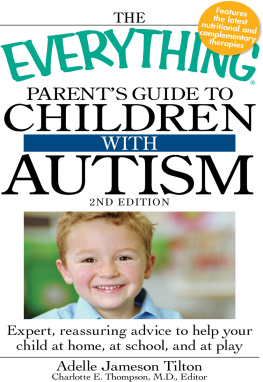
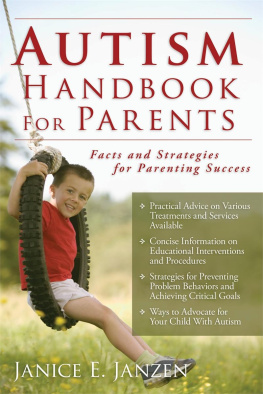
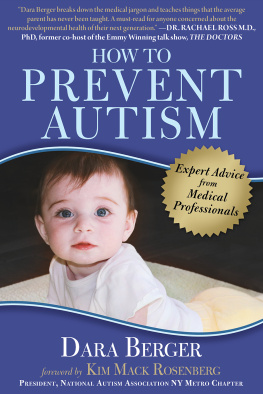

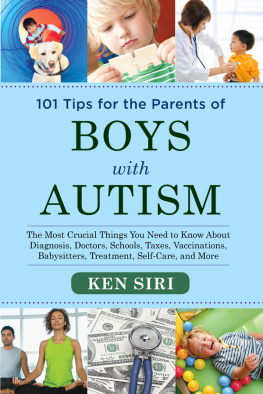
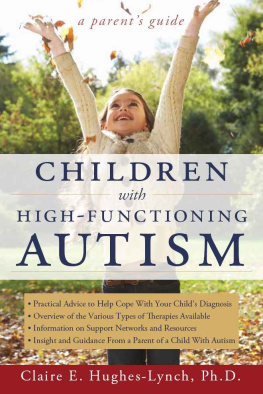

 Get the Right Diagnosis
Get the Right Diagnosis